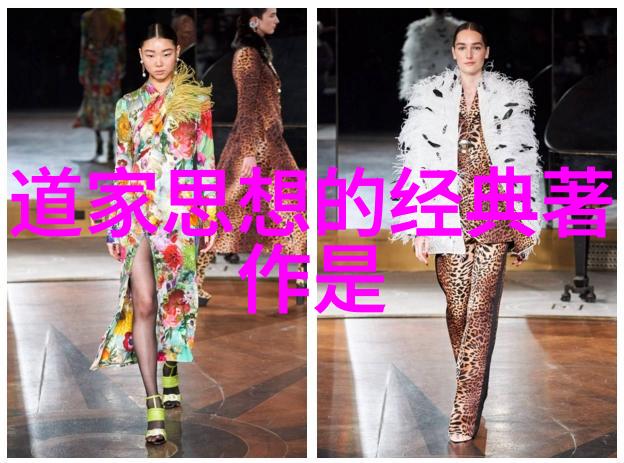近20年来,中国的道教文学研究表现出三个重点: 一是道教文学的内容分类研究,二是文人与道教关系研究,三是文学创作与道教关系研究。本文从这三方面考察《宗教学研究》所发表的论文,就其特点进行评述。并且采用统计方法,对《宗教学研究》和相关刊物进行对比研究,论述20年来中国道教文学研究的状况和发展趋向。

上世纪80年代,在交叉学科研究开始成为新的学术增长点的浪潮下,道教和文学这两门均以想象力为重要特征的学科,结合而成一门有待开拓的新学科——道教文学。自1983年《中国大百科全书》编委会把“道教文学”作为“宗教卷”的一个重要条目,“道教文学”这一新兴的学科正式进入research者的视野。
对于“ 道 教 文 学” 的 研 究 范 围 , 目 前 学 术 界 存 狭 羽 说 和 广 羽 说。 以 林 帅 月 为 代表 的 学 者 持 “狭义说”, 他 在 《 道 教 文 学 一 词 的 边 定 及 范 围 》 中 指 出:“ 道 教 文 学 作 品 必 须 生 成 于 道 教 成 立 之 后…… 必 须 是 以 道 教 活 动 为 目 的 而 生 成。” 林先生将一些虽然受到道教影响,但与道教活动没有直接关联的作品排除在道教文学之外。持“广义说”的学者,以詹石窗为代表。他认为“ Daoist Literature is with Daoist activities as its theme,” “Daoist Literature's research scope, also includes those works that are influenced by Daoist thought… Daoist Literature research, also needs to discuss those works that aim at the principles of Lao Zhuang.” 詹先生不仅对Daoist Literature's inner meaning did a clarification, but also made clear boundaries. He believes that Daoist Literature should not be limited to the range of Daoist activities; works influenced by Daoism and those aiming at the principles of Lao Zhuang should also be included in the scope of Daoist literature.

The Journal of Religious Studies, as a journal mainly focused on studying religion, has been involved in the field of literary studies since the 1980s. Over the past two decades, it has published numerous influential papers on this topic. This paper will evaluate these achievements and examine their significance for understanding China’s study on religious literature over the past twenty years.
The Journal’s contributions to this field can be broadly categorized into three areas: (1) content classification research on religious literature; (2) studies on relationships between writers and religion; and (3) investigations into how literary creation relates to religion.

For instance, there were nine papers published in The Journal during this period focusing specifically on Tang Dynasty poetry related to Taoism. These papers analyzed individual poets such as Song Zhiwen and Li Bai who held dual identities as both poets and Taoists or even became formally initiated into Taoism like Li Bai. They explored how these individuals’ spiritual pursuits shaped their poetic creations from philosophical perspectives while discussing how they integrated elements from both Buddhist & Confucian traditions.
Moreover, some articles examined specific types like '醮联' which was an ancient form used for rituals conducted within Chinese temples or shrines but featured elegant language often appreciated by scholars today due to its unique cultural context & historical value showcasing intermingling between religious practices & aesthetics.

In addition several other articles studied various aspects such as "游仙诗", "步虚词", "青词" - each representing important components within Chinese Literary history highlighting lesser-known yet significant contributions made by different sects within Taoism towards shaping our understanding about artistry through faith-based creativity spanning centuries ago until present times when contemporary scholarship seeks further exploration beyond what has already been achieved so far!
